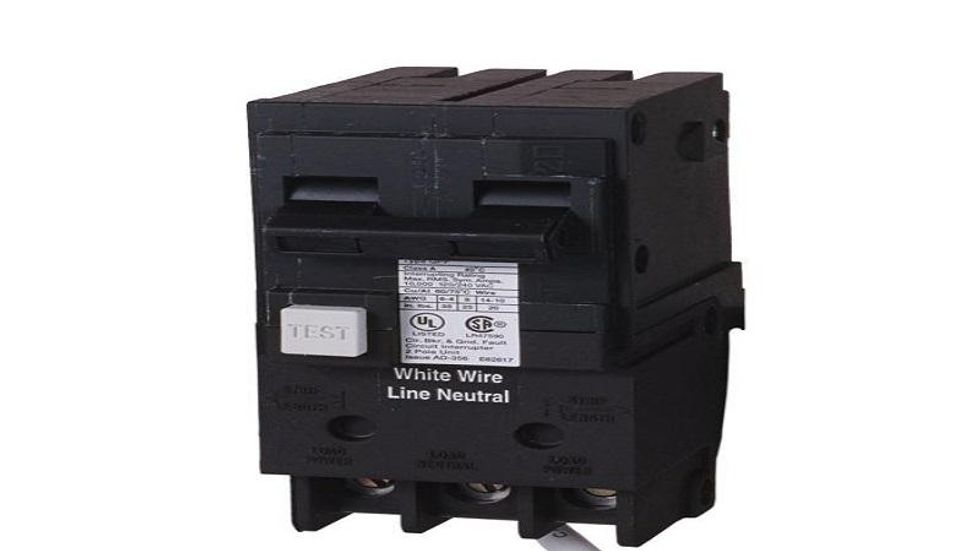The ground fault circuit interrupter (GFCI) outlet is a fast-acting circuit breaker that shuts off power once it senses a ground fault. The receptacle works by comparing the input and output current from electrical appliances.
A GFCI is a fast-acting circuit breaker that shuts off power once it senses a ground fault. The receptacle works by comparing the input and output current from electrical appliances.
If the input current differs from the output (current leakage) by, say, 0.005 amps, the breaker trips.
A GFCI outlet is a device that protects against electric shocks and is present in most kitchens and bathrooms. It works by comparing the input and output currents from electrical appliances, such as a refrigerator or washing machine. If there is current leakage of 0.005 amps or more, the breaker trips to break the circuit and stop any further connection to the outlet. When the input current differs from the output (current leakage) by, say, 0.005 amps, the breaker trips. This will prevent shocks if a person touches something metal while still in contact with water or another grounded material, according to GE's website
What causes a GFCI breaker to trip
The GFCI breaker will trip when there is a difference of current. If the input is larger than the output, it will trip. But if the input is less than the output, power will remain on.
If an appliance has a short circuit, a GFCI breaker will sense this and cut off the power to avoid shocking someone.
Also, if you have a water leak or wet floors near your outlets, it will sense this and shut off power to avoid electric shock.
Is It Possible To Replace A GFCI breaker With a Regular One?
No, they don't do the same work. A gfci protect human being from electric shock while regular breaker protect appliances against short circuit and overcurrent
Where Do I need GFCI Breakers?
Because GFCI outlets are so sensitive, they can be found in many different locations. These include the kitchen, bathroom, near outdoor outlets and near pools.
A GFCI should be installed in any location where water or moisture could come into contact with an energized electrical circuit.
While there is no requirement for indoor use of GFCI outlets, it's still a good idea to install them indoors as well. This is because you never know what could happen if someone slipped on wet flooring and came into contact with an energized appliance. It's also important to note that some electrical codes require GFCI breakers to be installed inside, like in bathrooms.
The one exception is the kitchen area; while GFCIs are recommended here too, they're not required because there are typically no exposed water sources to trip the breaker.
What to do if GFCI keeps tripping?
If your GFCI keeps tripping, it may be due to a loose connection or a faulty switch.
To fix this issue, first turn off the power to the circuit that’s experiencing problems. Check for loose connections by wiggling the plug and/or outlet and re-tightening any wires you find. If you have a three-pronged outlet, look for a third hole in the receptacle box and plug in a work
ng extension cord. If you have GFCIs on adjacent circuits, test both outlets with a continuity tester. The breaker should trip when touching the probes together. If not, replace both GFCIs with new ones from an electrical supply store.





 StableDiffusion
StableDiffusion
 full parking
StableDiffusion
full parking
StableDiffusion


 Photo by
Photo by 




